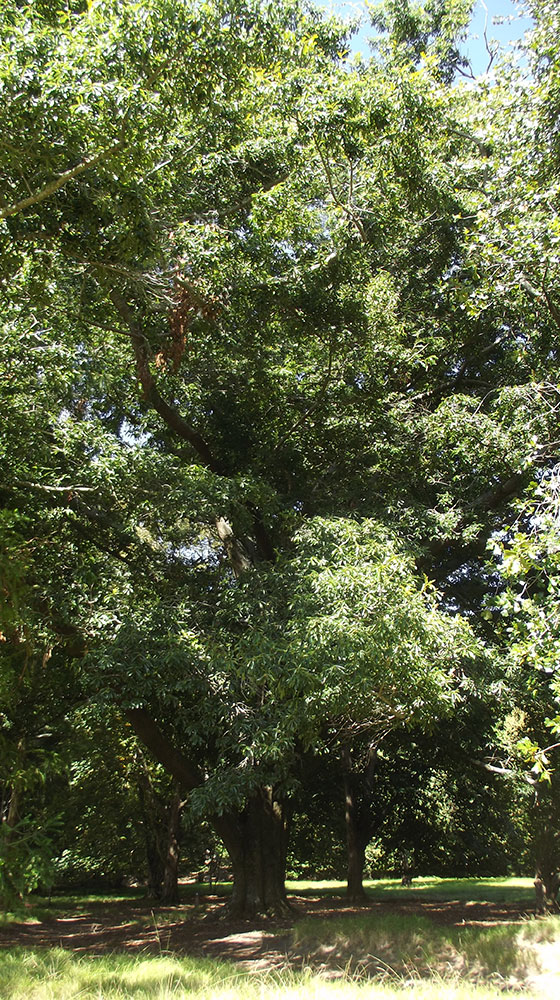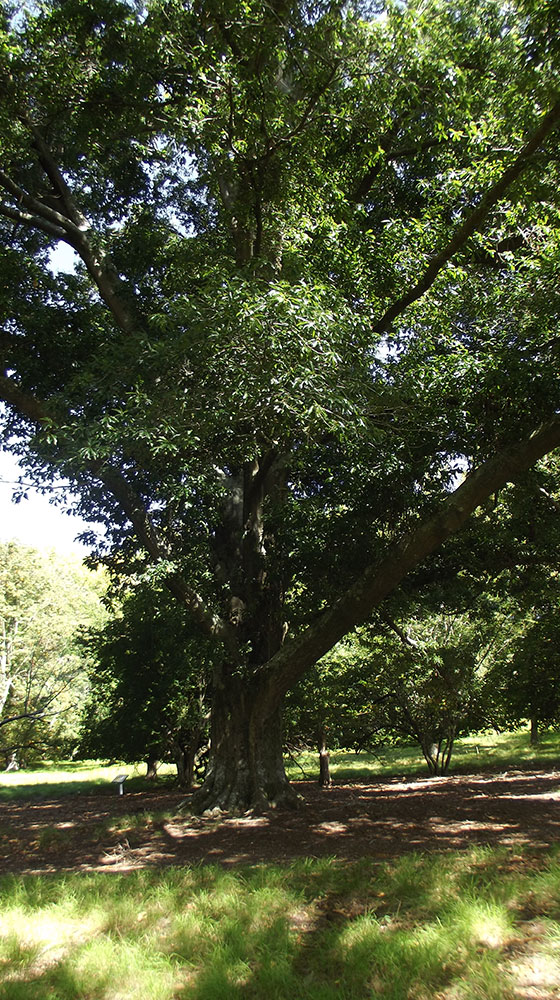Cedrus atlantica Glauca Group
Of all the trees at Eastwoodhill, the Blue Atlantic Cedar will always remind former curator Paul Wynen of Eastwoodhill. Douglas Cook planted many and they have thrived in our East Coast climate.
The tree is highlighted by stunning blue foliage, which stands out so clearly against the many shades of green. The form grown at Eastwoodhill has a lovely large straight trunk with small tight side branches creating a long-lived tree with few problems.
The Atlas cedar (Cedrus atlantica) is native to the Atlas Mountains of Morocco and Algeria where it can be found in scattered stands at elevations of 1000 to 2500 metres. It rivals the blue spruce (Picea pungens Glauca) as the best blue foliaged conifer in the world.
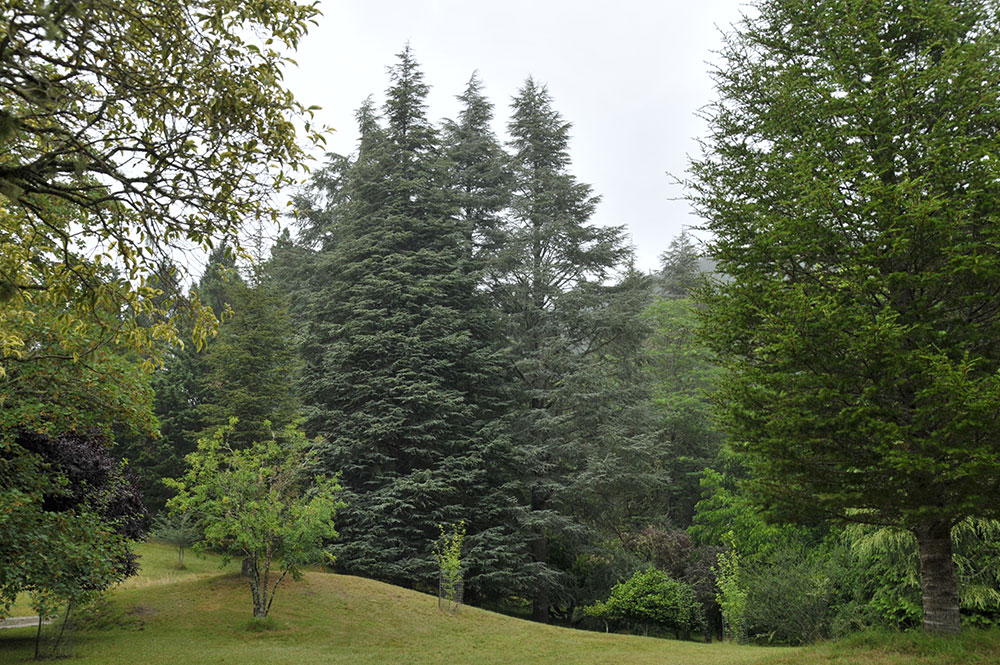
Sequoia sempervirens
The Coastal Redwood is a tree that, in theory, shouldn’t do very well at Eastwoodhill – its home is the coastal edge on the west coast of North America and requires moisture all year. However, the few mature trees and the young ones recently planted at Eastwoodhill have all grown well.
The Californian redwood grows to be one of the largest trees in the world. This specimen in the Lower Garden is just over 39m tall (measured in August 2002). The largest coastal redwoods on the Californian coast grow well over twice this size – making this tree just a sapling!
This particular tree was heeled in by Bill Crooks, and put into the nursery that was once located in the Lower Garden. Bill came to Eastwoodhill in 1926 and stayed working here for H.B. Williams after Douglas Cook died until he retired in 1974.
Bill said this was the first tree he planted and never moved to a more permanent location. So here it remains as a memorial to the loyal service of Bill Crooks. Without his reliability and faithfulness, Douglas Cook would not have been able to build the incredible legacy of Eastwoodhill Arboretum.
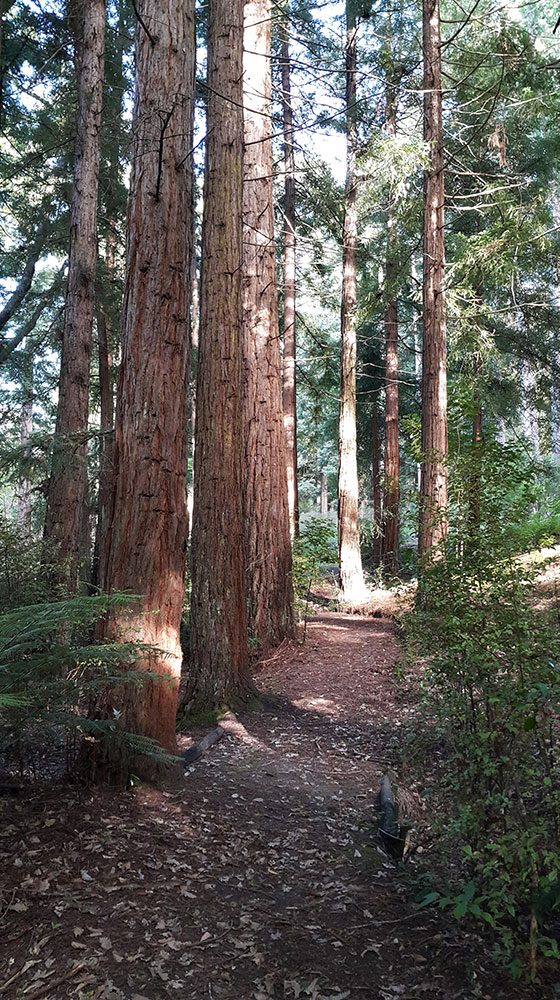
Photinia davidsoniae
Most people know Photinia as a hedge in the form of ‘Red Robin’ with its bright new red growth. Left untrimmed, Red Robin will also get to a good size – but not as big as this one.
Davidson’s Photinia may well be the largest of the Chinese Photinia. The specimen at Eastwoodhill in Corner Park is approximately 25 metres tall and is one of the largest in the world. This plant was purchased from Harrison’s Nursery of Palmerston North in 1934 for 2/6d. All the other Davidson’s Photinia at Eastwoodhill come from this one tree.
Photinia davidsoniae is unusual amongst Photinia in having spines on the young growth, similar to a plum tree. Photinia, like the plum, is in the rose family along with peach, apple, cotoneaster, and loquat etc.
This species exhibits a reddish colour on the old leaves before they fall and an orange tinge to the new growth. The fruit in autumn last well into winter and is a strong colour.
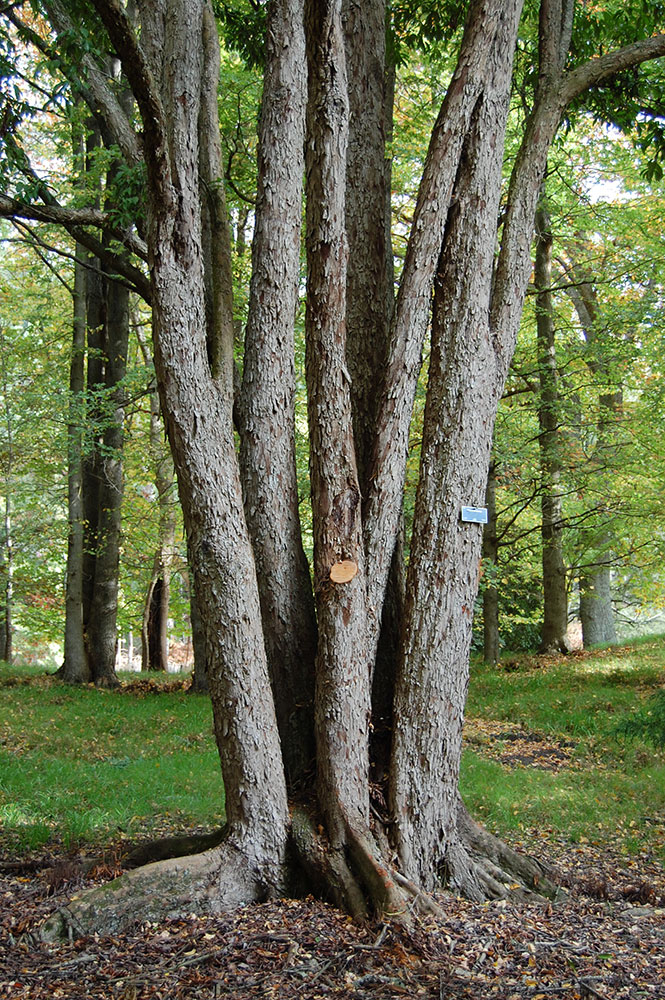
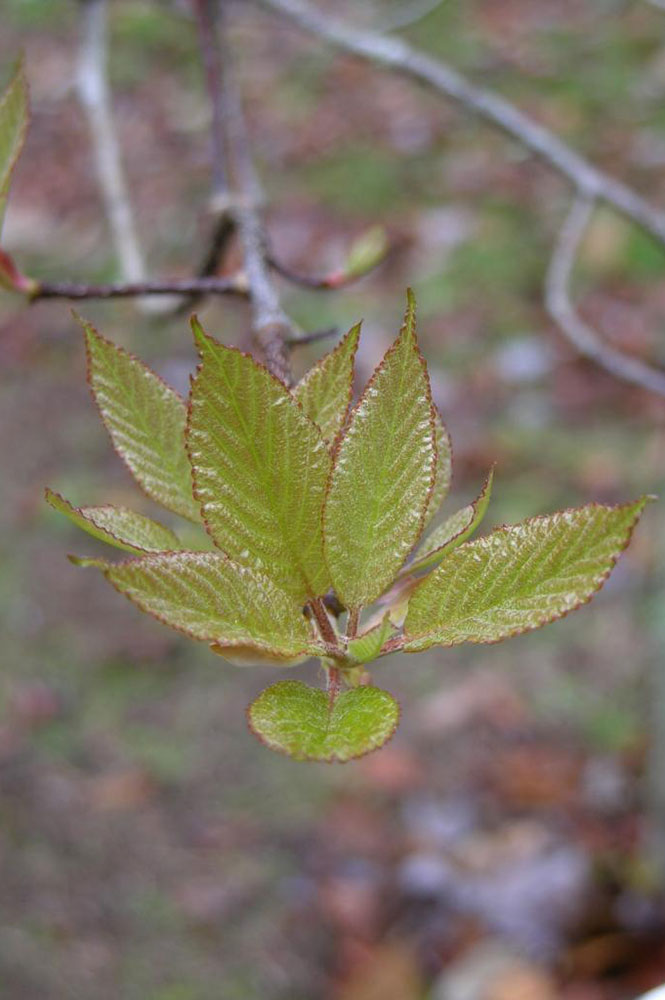
Zanthoxylum simulans
This tree is a popular tour stop during autumn when the berries start to ripen, and visitors can experience the distinctive and unique taste sensation these berries produce – sometimes with entertaining results!
The berries are said to cure a range of ailments such as abdominal pain and claim to have aphrodisiac powers.
The generic name is zanthos yellow, xylum wood. It comes from Northern and Central China. Most have spines or thorns on both young and old wood. As the spines age they lose the sharp end and become quite a feature.
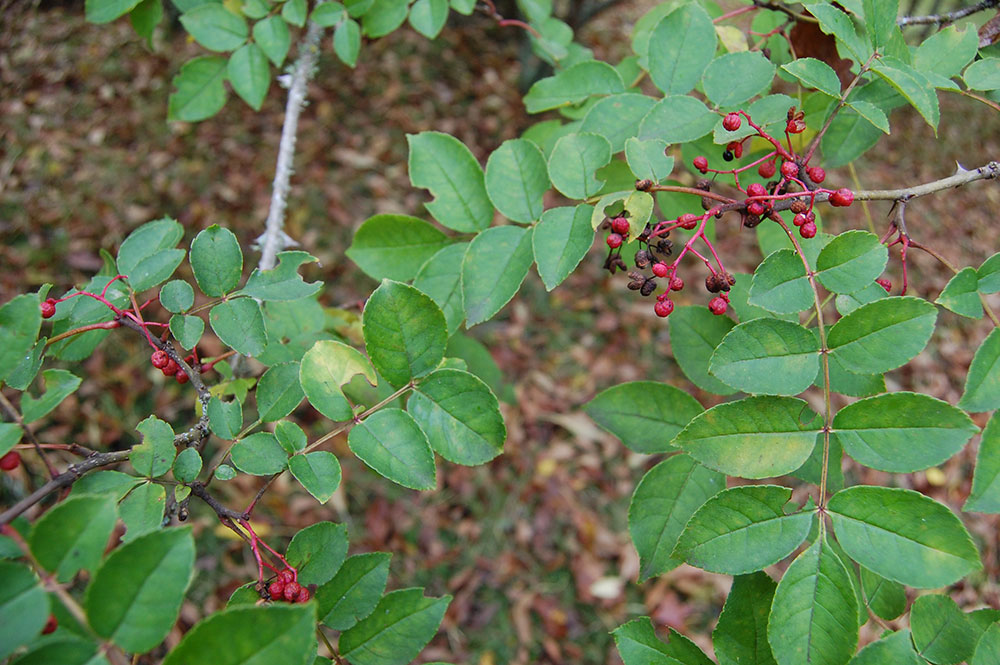
Acer palmatum ‘Osakazuki’
It would be hard to single out just one Japanese maple in autumn at Eastwoodhill as there are so many that put on an amazing display each year. However, maples can be a casualty to the dry windy autumns that are prevalent get on the East Coast and this cultivar seems to rise above it all.
Every year without fail, it puts on a stunning display of red. The Japanese maple is well suited here on the edge of Birch Hill Pond in Douglas Park so its reflection can be viewed on the water.
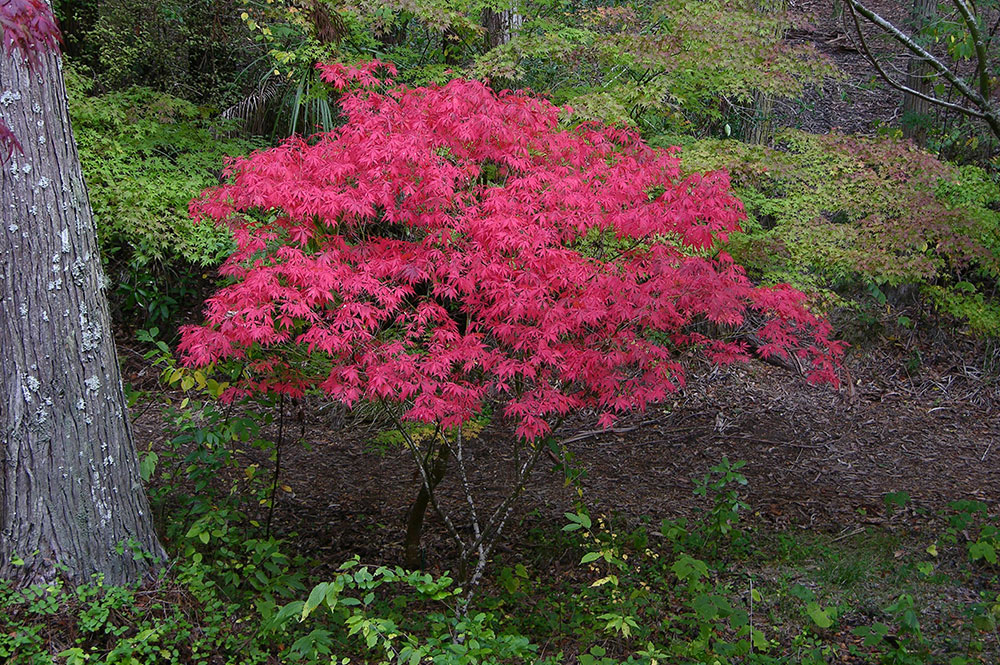
Luma apiculata, Amomyrtus luma or Myrtus luma
So many different names! This is one of Eastwoodhill’s most notable trees, and it is well-placed to greet you as you return to the garden and be admired.
The orange bark myrtle is a member of the Myrtaceae and is related to the Eucalyptus, manuka, kanuka, pohutukawa and guava. Small white flowers smother the tree over the summer. The fruit is small and black, sweet, and edible, but it takes many to make a meal. Blackbirds and kereru readily eat them, and seedlings come up occasionally in the park.
The main feature of the tree is the peeling bark with colours ranging from white to orange. Orange bark myrtle rivals the Californian Madrona Arbutus menziesii for its coloured bark. In Argentina it is evidently called the Bambi tree as the background of the Bambi film was shot in a forest of orange bark myrtle trees.
This tree was purchased from Hillier’s in England in 1950 and Douglas Cook grew several from cuttings, two of which are planted down Cabbage Tree Avenue and in Pear Park. The plants can be grown from seed, but bark colour can be quite variable.
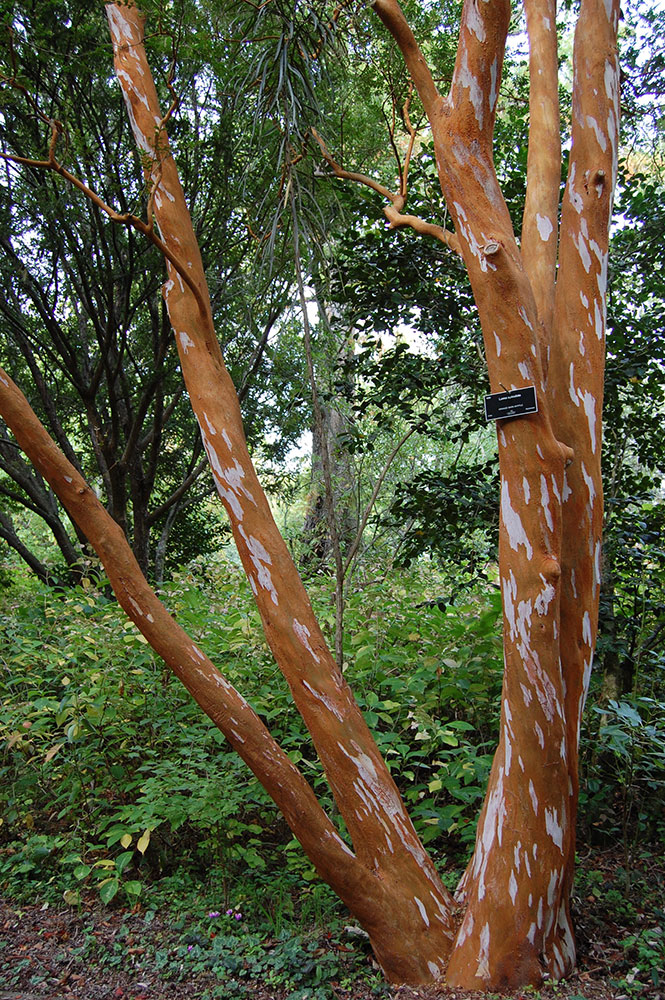
Manglietia hookeri
Walking down Burma Road in Cabin Park always has a beautiful tropical feel. This is one of the few frost-free areas in the arboretum where frost-tender plants are able to be grown. The Magnolia hookeri is one of the largest and most tropical looking of these delicate, frost-tender plants.
Each December this tree is adorned with stunning white magnolia-like flowers. Recently this genus, along with other genera such as Talauma and Michelia Parkameria, has been merged into Magnolia (except Liriodendron).
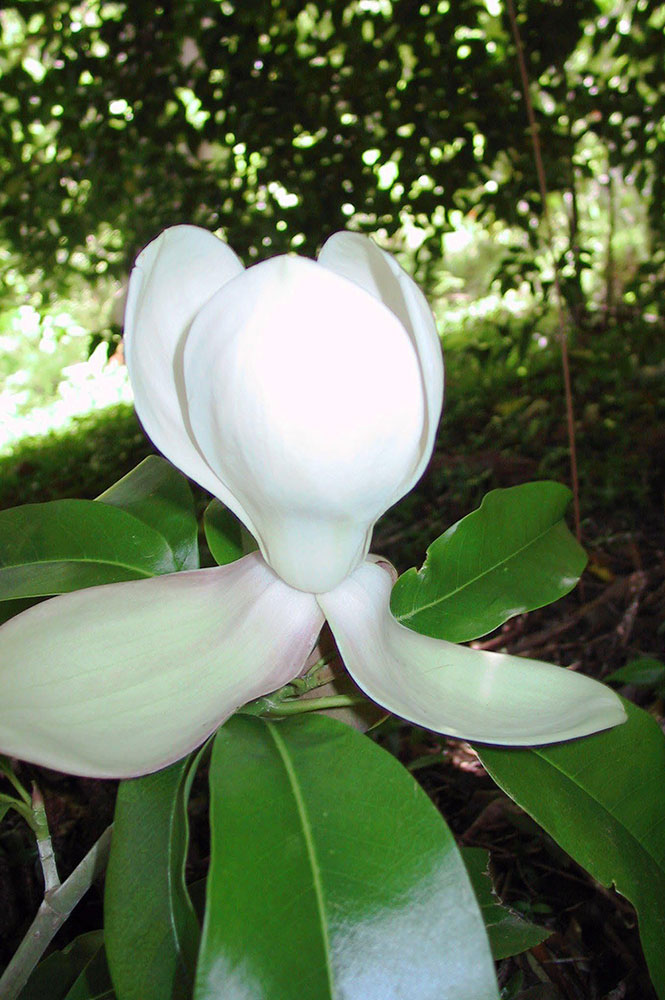
Pinus devoniana
The Michoacan pine was originally brought into the arboretum as Pinus durangensis but was recently identified by Chris Ecroyd (Scion Research) as P. devoniana.
It, along with many others in this subsection of Pinus, has striking long needles and incredible blue pollen cones in early spring.
The Michoacan pine comes from Mexico and is often confused with P. montezumae.
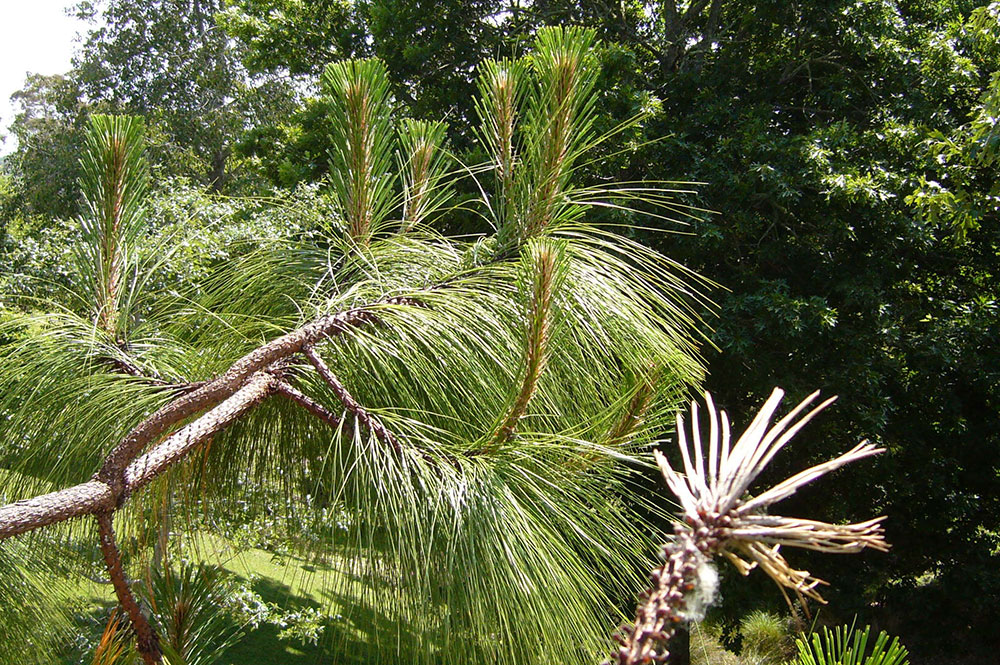
Eucalyptus regnans
The mountain ash is the tallest specimen in the Cathedral, not to mention the tallest tree in the Arboretum. It’s currently standing at 57 metres and growing at least one metre a year.
It is native to Tasmania and Victoria and like the redwood, is one of the tallest trees in the world. In fact, the mountain ash is the tallest flowering plant in the world.
For a number of years, it was wrongly labelled at Eastwoodhill as Eucalyptus delegatensis but was correctly identified by Mike Wilcox in 2006.
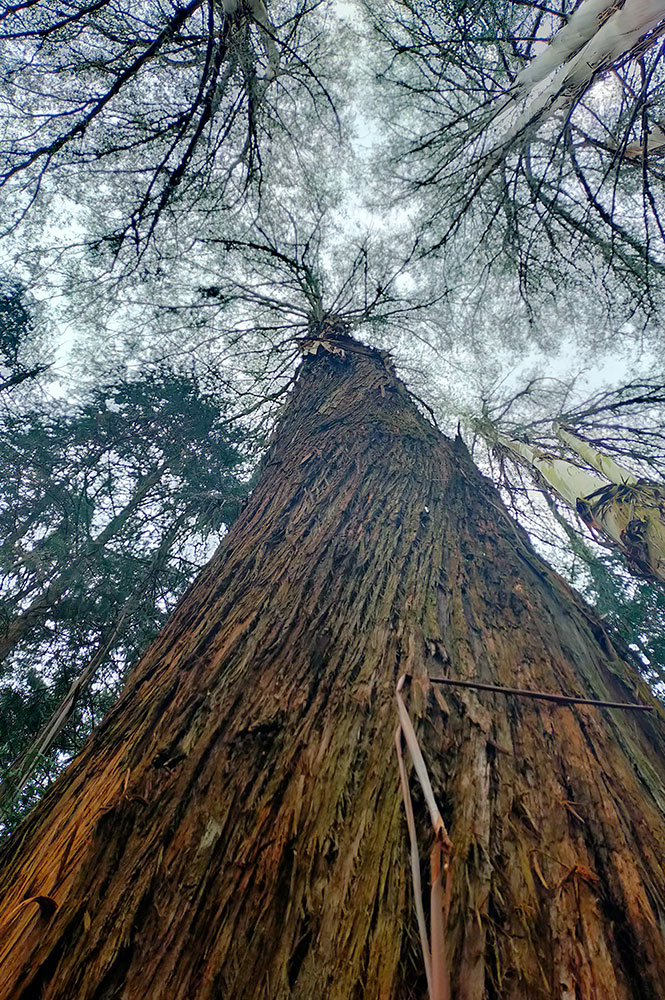
Quercus coccinea
Douglas Cook planted a number of scarlet oaks at Eastwoodhill early on and they form the backbone of the beautiful autumn colour at Eastwoodhill every year.
One of our oldest recorded trees in the arboretum is the scarlet oak on the edge of the Top Lawn in the Homestead Garden. It is also our Eastwoodhill emblem and oaks were one of Cook’s favourite genera.
Scarlet oak forms a large tree with deeply lobed glossy green leaves. Each lobe finishes with bristle-tipped teeth and comes from the east coast of North America.
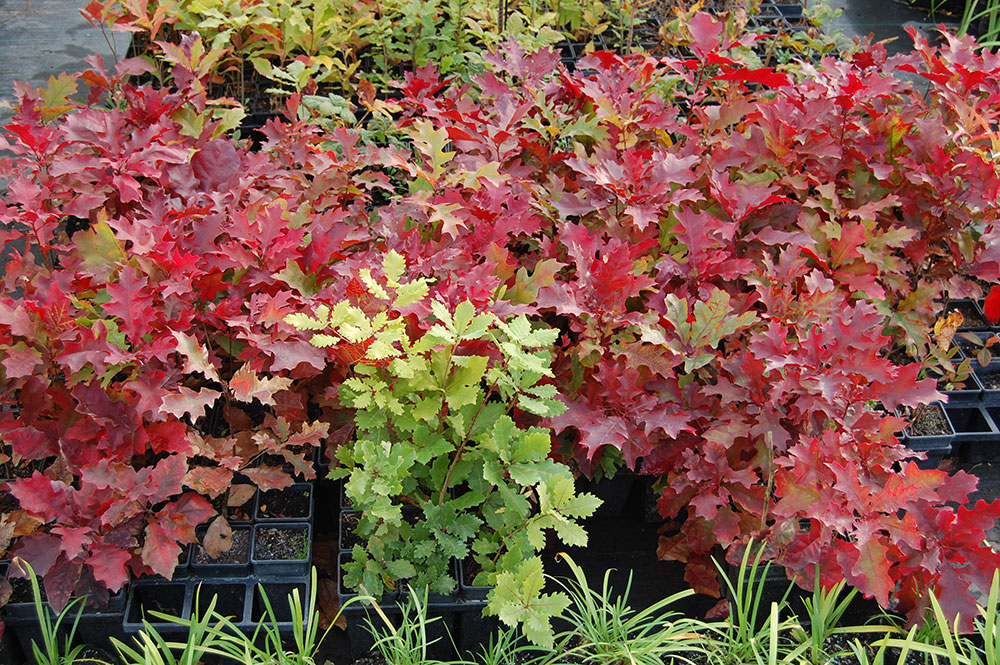
Picea omorika
The Serbian spruce is classed as rare and endangered in its native habitat – a limited region of Bosnia-Herzegovina on steep limestone banks along the middle of the Drina River. Eleven reserves were established here in 1955 covering an area of 300 hectares.
Today this small population is threatened by genetic pollution from the commercial forests of Norwegian spruce, which abound in the region. Pollen from this species is spread by wind and because it is bountiful, it is the major component of the pollen landing on the Serbian spruce. Consequently, most of the resultant seed is hybridised.
This tree has done well at Eastwoodhill. It can be grown in both alkaline and acidic soils and has an amazing fastigiated (upright) form.
We have two lovely mature specimens in the arboretum – one in the Daffodil Patch in Corner Park, and one by Rock Point Pond in Douglas Park. Smaller specimens are planted in The Face above Mexico Way.
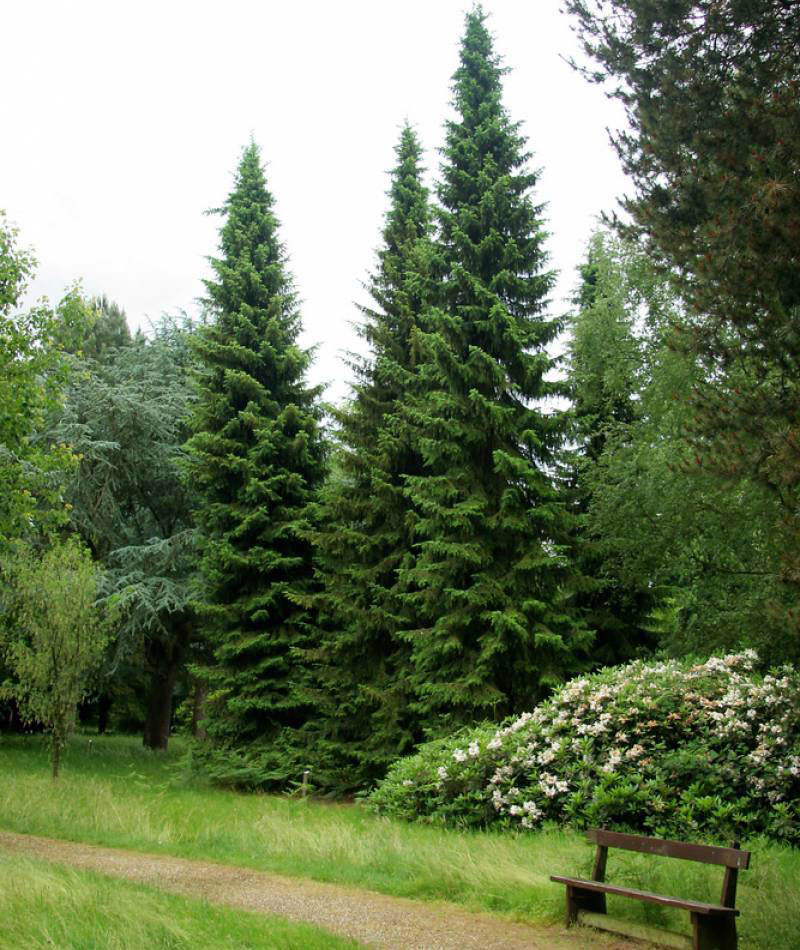
Quercus x ludoviciana
The St Landry’s oak is a naturally occurring hybrid found in 1913 growing in St Landry parish in Louisiana by Professor Sargent, a botanist at the Arnold Arboretum of Harvard University in Boston. Its parents are two deciduous oaks – the willow oak Quercus phellos and the Turkey-foot oak Quercus falcata – both native to eastern North America.
The amazing feature of this tree is its growth rate and form. The tree was received from Hillier’s Nursery (UK) in 1949 and planted in Pear Park in 1951. It now has a canopy spread of over 40 metres, a height of 29 metres and occupies a space of over 34,000 cubic metres.
